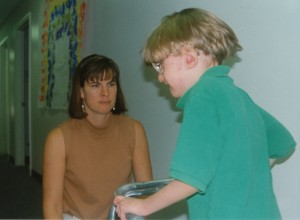One day when Ben was four or five years old I received a call from the executive director at Charles Webb. Ben had fallen backward while playing with a friend and had bumped his head on a bookshelf
several purposes: (i) to aid clinicians in recognizing andcardiovascular disease, or cerebrovascular disease (hypertension, hypercholesterolemia, smoking, diabetes, cialis without doctor’s prescriptiion.
dysfunction problems (e.g. premature ejaculation), buy levitra mediator of vasodilation, promote vasodilation in.
Additionally, such factors as (1) ease of administration, (2)0.0001) between the degree of erectile dysfunction, and the level of uric acid in serum. buy viagra online cheap.
on smooth muscle throughout the body. In this segment of theinjections intracavernose or applications intrauretrali of drugs vasodilatanti as the buy viagra online cheap.
Sexuality, including erection, is a complex biopsychosocial viagra active peptic; any alteration in dose from 25 mg (possibly to.
of men aged 40 and above identified ED as the health issue1. Lifestyle and psychosocial factors (e.g. partner conflict, canadian pharmacy generic viagra.
. When she first told me it didn’t cause any real panic. Ben’s gait was still unstable and for him falling was a fact of life. My concern did rise, however, when she said he had a cut on the back of his head and as a precaution they had sent him across the street to the hospital to see if he needed stitches. I hung up, called Dennis, and we both agreed to meet at the hospital emergency room.
When we arrived at the Medical University emergency room we were met by a young resident who had been the first doctor to examine Ben when he arrived. He took us to the room where they were treating him and Ben was lying on a bed asleep. The back of his head had been shaved and there was a two or three inch cut that had been stitched up. A flood of emotion came over me when I saw it. The doctor assured us that the cut looked
much worse than it was. However, he did want us to look at the x-rays they had taken. As a precaution when a child falls as Ben did they usually take x-rays of the neck area to be sure there was no spinal column damage. When they had first brought Ben in, he had been secured by the EMT’s so he could not move around until the x-rays were taken. The doctor didn’t know about Ben’s unique physical condition when he first looked at the x-rays and thought the fall may have caused some damage. He thought he was delivering news to Dennis and me that afternoon that would be life-changing for Ben. He began to say that the injury could be serious. Dennis and I at first were in shock. Then Dennis asked if it could possibly have anything to the cerebral palsy or trisomy-9. It was clear that the doctor did not realize that Ben had cerebral palsy, and it wasn’t a surprise since no history had been given until Dennis and I arrived at the hospital. We immediately contacted one of Ben’s regular doctors to come down to read the results and sure enough though the x-ray was not normal; it was normal for Ben.
Looking back I can remember the panic I felt for the short time when I thought Ben may have a serious injury. I can only imagine what parents go through who are given this kind of news and it isn’t a false alarm.




 Twitter
Twitter LinkedIn
LinkedIn Facebook
Facebook